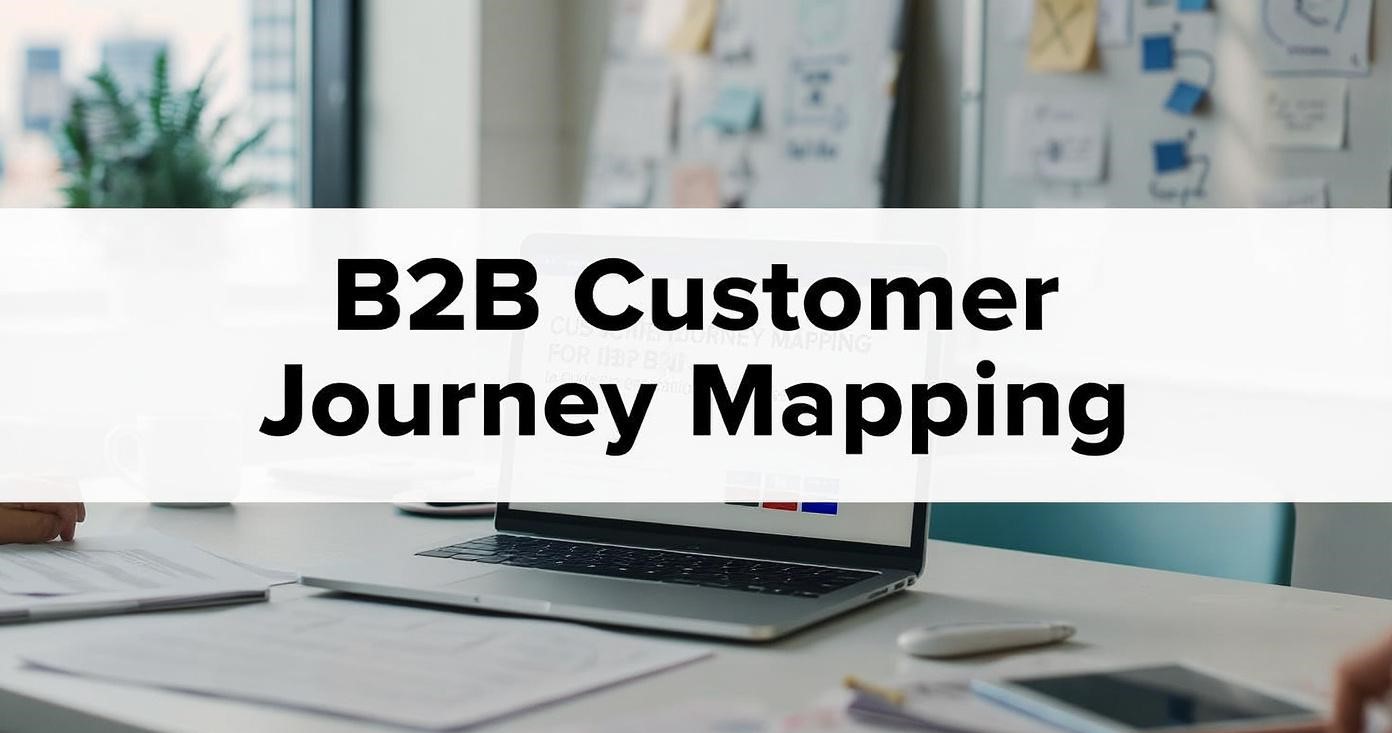B2B marketers today face complex buying processes involving multiple stakeholders, longer decision cycles, and higher expectations for relevant content. Customer Journey Mapping helps organizations understand and optimize each touchpoint in the buyer’s experience. By visualizing the journey, marketers can reduce friction, improve engagement, and design campaigns that effectively move prospects through the funnel, ultimately generating qualified leads and driving revenue growth.
Building Comprehensive Buyer Personas
Effective customer journey mapping begins with creating detailed buyer personas. In B2B environments, decisions are often made by teams, including executives, technical leads, and procurement managers. Each persona has unique goals, pain points, and communication preferences. By documenting this information, marketers can deliver content that addresses the specific needs of each stakeholder, ensuring relevant messaging and increased engagement throughout the buyer’s journey.
Mapping Key Buyer Journey Stages
A structured B2B buyer journey typically includes awareness, consideration, decision, and post-purchase stages. In the awareness stage, prospects recognize a challenge or opportunity and begin seeking information. During consideration, they evaluate solutions, vendors, and value propositions. The decision stage involves selecting a provider, while post-purchase focuses on onboarding, customer satisfaction, and retention. Mapping these stages ensures marketing efforts are aligned with buyer needs at each step of the journey.
Gathering and Analyzing Data
Data-driven insights are essential for accurate journey mapping. Quantitative data, such as website analytics, CRM activity, email engagement, and social metrics, provides measurable evidence of buyer behavior. Qualitative data, including surveys, interviews, and feedback, offers context and deeper understanding of motivations and obstacles. Combining both quantitative and qualitative insights ensures journey maps reflect real behavior and enable actionable strategies for marketing and sales teams.
Visualizing the Customer Journey
Visualization is critical to understanding and communicating the buyer journey. A well-designed journey map should highlight touchpoints, channels, buyer emotions, and potential obstacles. Tools like flowcharts, timelines, and diagrams make complex information digestible. Visualization helps marketing and sales teams identify gaps, optimize engagement strategies, and provide a seamless experience that increases conversions and enhances customer satisfaction.
Aligning Content With Each Stage
Content alignment is a key driver of B2B demand generation. During awareness, educational content such as blogs, whitepapers, and webinars introduces your brand and builds credibility. In the consideration stage, case studies, product demos, and comparison guides help prospects evaluate options. At the decision stage, ROI calculators, consultations, and personalized proposals support final decision-making. Aligning content ensures relevance, builds trust, and accelerates the progression from prospect to customer.
Leveraging Marketing Automation and CRM
Marketing automation and CRM platforms are essential tools for executing customer journey strategies effectively. Automated workflows nurture leads based on behavior and stage in the journey, while CRM systems provide a unified view of prospect interactions across multiple channels. Leveraging these tools ensures consistent communication, enables coordination between marketing and sales teams, and provides actionable insights to optimize campaigns in real time.
Sales and Marketing Collaboration
B2B demand generation succeeds when sales and marketing teams collaborate closely. Sales teams provide insights into buyer objections, expectations, and questions, which can guide content strategy and campaign execution. Shared dashboards, regular meetings, and aligned KPIs ensure both teams work toward common goals. Effective collaboration results in higher-quality leads, faster pipeline movement, and a consistent experience for prospects throughout the journey.
Personalization for Enhanced Engagement
Personalization is a critical factor in improving engagement and conversion rates. Tailoring messages based on industry, company size, role, and prior interactions helps deliver relevant content to the right audience. Account-based marketing, dynamic content, and personalized email campaigns are effective ways to implement personalization alongside customer journey mapping. This approach ensures that every touchpoint resonates with prospects, strengthening relationships and improving lead conversion.
Post-Purchase Engagement and Retention
Customer journey mapping should extend beyond acquisition to include post-purchase engagement. Onboarding, support, training, and follow-ups are crucial for maintaining satisfaction, loyalty, and retention. Mapping post-purchase touchpoints allows marketers to identify opportunities for upselling, cross-selling, and advocacy. Engaged and satisfied customers become long-term partners and brand ambassadors, contributing to sustained revenue growth.
Continuous Testing and Optimization
No journey mapping strategy is complete without ongoing testing and optimization. A/B testing emails, landing pages, content offers, and messaging helps determine what works best for your audience. Tracking KPIs such as engagement rates, lead-to-opportunity conversion, and pipeline velocity provides actionable insights. Continuous iteration ensures that B2B demand generation strategies remain effective, relevant, and aligned with evolving buyer behaviors.
Strategic Benefits of Customer Journey Mapping
Integrating customer journey mapping into B2B demand generation offers multiple benefits. It improves alignment between marketing and sales, enhances the buyer experience, and supports data-driven decision-making. By identifying gaps and opportunities, businesses can optimize marketing spend, increase lead quality, and accelerate sales cycles. Organizations that leverage journey insights strategically are better positioned for sustainable growth and competitive advantage.
About Us : Acceligize is a global B2B demand generation and technology marketing company helping brands connect with qualified audiences through data-driven strategies. Founded in 2016, it delivers end-to-end lead generation, content syndication, and account-based marketing solutions powered by technology, creativity, and compliance.


